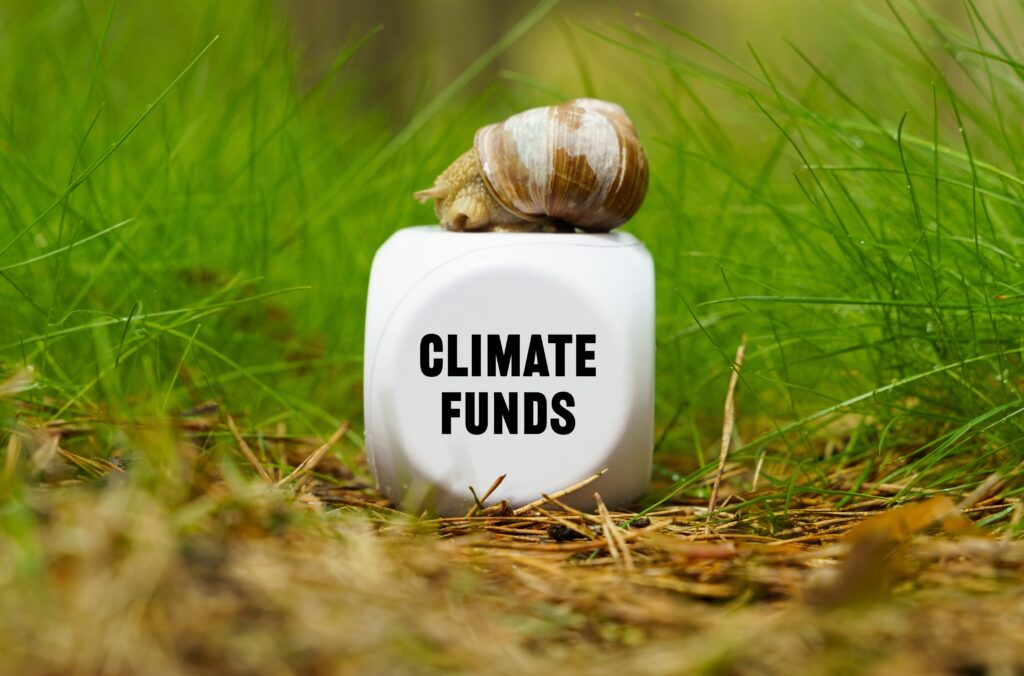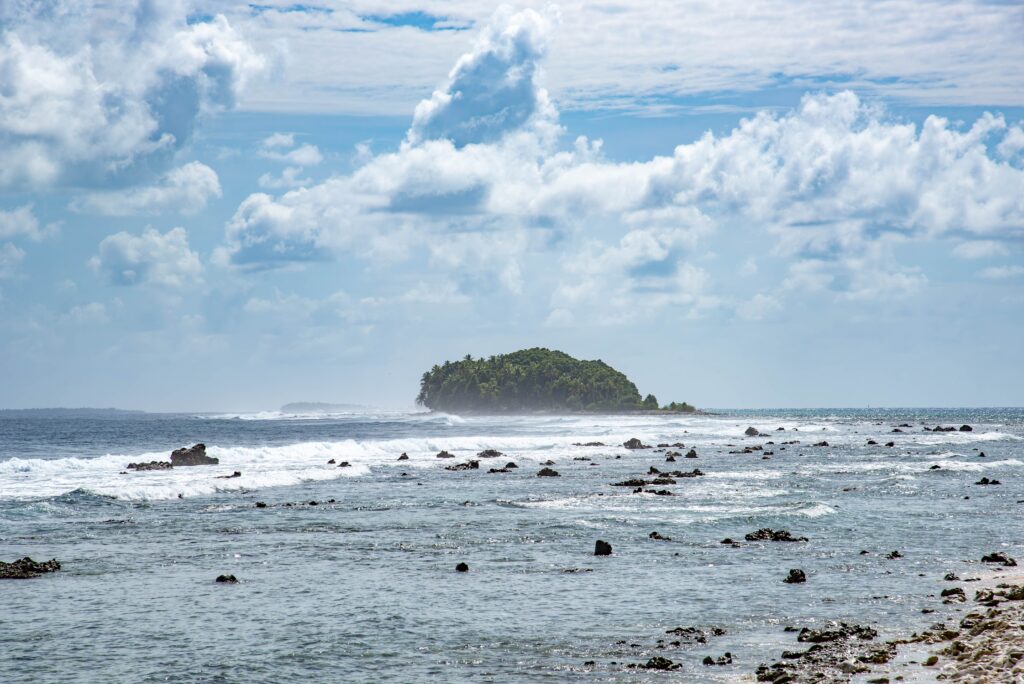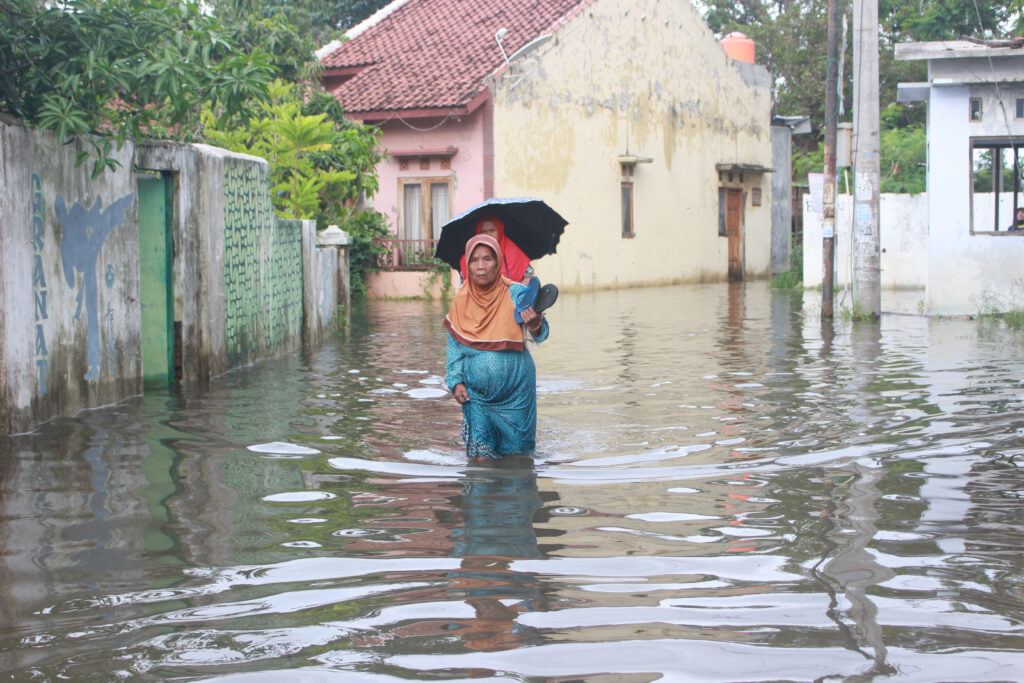COP29 Azerbaijan marked the first-ever Tourism Day in the climate summit’s history. The tourism industry reached a historic milestone as 50 countries united to support a groundbreaking climate action declaration for the sector.
“I’ve always wanted to explore Southeast Asia’s beauty and cultural heritage and finally decided to do so this year. I planned my trip for September since it should have had mostly sunny weather before the wet season. But then I saw what the typhoon did and decided it was safer for me and my family to postpone,” says Ryan, a tourist from the US who had plans to explore Southeast Asia before the devastating Typhoon Yagi hit. “With the weather so unpredictable, I am unsure how to plan such a trip and not be anxious about it. Many friends are thinking the same.”
While Ryan had the comfort of staying safe in his home, over 20 million people across countries like Vietnam, the Philippines, Laos, Thailand, Myanmar and China couldn’t hide from Typhoon Yagi. Described as one of the worst storms to hit the region in decades, the disaster left a trail of destruction, including hundreds of casualties and hundreds of thousands of homes and farmlands impacted. According to UNICEF, the following landslides and floods affected nearly 6 million children in Vietnam, Myanmar, Laos and Thailand, threatening their access to education, clean water and essential services.
Scenes like these have become common in Southeast Asia, where communities in disaster-prone areas have been battling one disaster after another. The upcoming weeks aren’t likely to offer significant relief either, with Southeast Asia projected to see higher-than-normal rainfall. The risks to locals’ safety aside, the unpredictable weather threatens further disruptions to agriculture and tourism. The former, in particular, has rarely been in the discussions around climate change, particularly not at a climate conference.
However, COP29 2024 will be the first to dedicate a day to climate change and tourism. This is a much-needed focus area, especially for the economies of Southeast Asian countries, which are highly reliant on people like Ryan feeling comfortable with visiting the region, regardless of the season.
Climate Change Is Wreaking Havoc on Southeast Asia
Since the late 1970s, typhoons in East and Southeast Asia have doubled in their destructive power, while Category 4 and 5 storms have doubled or tripled in numbers. According to the International Disaster Database, Central and Southeast Asian countries, including India, Pakistan, China, Indonesia, Vietnam, Thailand and the Philippines, have seen the most floods from 2000 to 2022. Studies reveal that the region also had some of the highest numbers of people impacted per square km globally.
The main reason is that Asia is warming faster than the global average, with the rate nearly doubling from 1961-1990. According to an analysis of 146 climate models, Asia will become significantly exposed to extreme rainfalls and flood risk by 2030. While 3-5 billion people globally will be affected by 2100, no continent will face such substantial rainfall changes as Asia.
From floods and storms to heat waves and rising sea levels, scientists warn that extreme weather events will become more frequent and severe as climate change worsens. This presents a massive risk to the key sector of tourism. The IPCC concludes with high confidence that increases in pluvial – too much rain that drainage systems can’t bear – and river flooding will pose challenges for tourism in South and East Asia.
According to estimates, the number of tourist visits in the six largest ASEAN countries – Indonesia, Thailand, Singapore, Malaysia, Vietnam and the Philippines – reached 39 million in 2022 and 91 million in 2023. Countries now have to figure out how to sustain this growth in a world of mounting climate disasters but also do so in a more sustainable way. While the ASEAN Tourism Strategy Plan 2016-2025 stresses environmental preservation and climate change adaptation measures for tourist growth, common guidelines on environmental protection and climate change adaptation for the tourism industry are lacking.
The Impact of Climate Change on Tourism in Southeast Asia
Studies find that, in the case of Indonesia, every 1% increase in temperature or humidity causes a 1.37% or 0.59% decrease in the number of international visitors, respectively.
Thailand, where the tourism industry contributed up to 18% of GDP in recent years, was hardly hit by Typhoon Yagi at the start of September and the torrential rains that continued throughout the month. As a result, flash floods affected some of the nation’s popular tourist destinations. According to Bloomberg, tourism-dependent Thailand faces over USD 900 million in damage from the events in the northern parts of the country.
According to UNESCO, climate change threatens several World Heritage sites in Southeast Asia, including Hoi An in central Vietnam, Komodo National Park in Indonesia and the Philippine Cordilleras. The main reasons include rising sea levels and more powerful and frequent storms.
Historical data reveals that between 1948 and 2023, the Philippines experienced an average of two cyclones during November. This year, it was hit by six consecutive storms between October and November, with the latest super typhoon, Man-Yi, forcing over 1 million people to evacuate. At least 160 people died during the first five weather disasters. Data for the aftermath of the Man-Yi storm is yet to be released at the time of writing.
Similar problems also threaten Vietnam, which has the highest risk of coastal flooding in Southeast Asia, and Thailand, where 96% of Bangkok could be flooded by 2030.
The Indonesian village of Bedono on the north coast of the island of Java, which sank due to rising sea levels and has now become an ecotourism area, offers a grim learning experience of what the future would look like for climate change-vulnerable nations should the world continue on its trajectory.
COP29 Azerbaijan’s Focus on Tourism and Climate Change
Under the Presidency of Azerbaijan, COP29 Baku hosted the first-ever thematic day dedicated to tourism and climate change, which saw the launch of two key initiatives.
With the COP29 Declaration on Enhanced Climate Action in Tourism, the Presidency and parties aim to advance tourism-related climate action globally as sectoral policy supporting national climate goals. The initiative, backed by over 50 governments, covers sectoral targets for tourism in NDCs and promotes sustainable practices by reducing emissions and increasing resilience. The declaration aims to help change the fact that today, just 53% of NDCs recognise tourism as a vulnerable sector to the impacts of climate change.
With the initiative, parties also recognise the impact of the tourism sector on global emissions and the pressure it poses on nature and ecosystems. They pledged to work on transforming the industry into a climate-resilient, low-carbon sector that benefits economic development and sustainability efforts.
Over 160 stakeholders, including countries and cities, endorsed the COP29 Multisectoral Actions Pathways (MAP) Declaration for Resilient and Healthy Cities. The initiative calls for cross-sector collaboration in tackling climate change and promoting the design of resilient and inclusive cities and urban environments. As per the declaration, key focus areas for achieving its goal are urban sustainable transport, climate resilience, green construction, agriculture, nature-based solutions in cities and urban climate finance.
The First Ministerial Meeting on Climate Action in Tourism was followed by three high-level thematic roundtables on measurement and decarbonisation, adaptation, finance and innovative solutions.
Parties agreed to work on enhancing sectoral engagement by strengthening the Glasgow Declaration on Climate Action in Tourism and increasing the number of tourism administrations, organisations and other stakeholders with commitments to implementing climate mitigation and adaptation strategies.
The importance of using tools such as the UN Statistical Framework for Measuring the Sustainability of Tourism for national science-based GHG emissions measurement and energy use was also covered.
COP29 parties also established a coordination mechanism to ensure that tourism and urban resilience will remain a topic on the agenda of upcoming UN Climate Change Conferences.
A Good Start, But More Work To Do
While the dedicated COP29 Tourism Day gave many reasons for optimism, the scale of the climate change problem facing the sector requires more ambitious and urgent action.
One crucial area is scaling up financing for climate action for developed and low- and middle-income countries and regions to speed up their efforts to build resilience and adapt and mitigate the worst impacts of the climate crisis. Yet, climate financing proved a thorny topic at COP29, with developed countries reluctant to answer developing nations’ calls for USD 1.3 trillion in annual climate action financing.
Doing so is crucial to preserving lives and livelihoods across communities in vulnerable regions and tourism-reliant economies. For example, according to the IMF, on average, the tourism sector in the Caribbean is responsible for over 32% of the region’s economic output, with the share reaching 90% in some countries. While the Caribbean region is the world’s most vulnerable to climate change, its share of global CO2 emissions is only 0.3%. The IMF estimates the region’s adaptation investment needs at over USD 100 billion. For reference, so far, developed countries have pledged just a little over USD 700 million to the global Loss and Damage Fund launched during COP28.
It is also essential to focus on advancing regenerative tourism to enhance climate change adaptation, preserve cultural heritage and improve local communities’ well-being. A good example of such efforts is the Sundarbans, a network of low-lying islands and the world’s largest mangrove forest, located in the Bay of Bengal between Bangladesh and India. A special report by the Environment and Culture Pavilion at COP29 identifies the area, a UNESCO World Heritage Site, as highly vulnerable to climate change and of massive cultural and ecological importance for its 7.2 million inhabitants, who rely on it for fishing, honey collection and tourism. To preserve it, governments are promoting community-based tourism to create sustainable livelihoods for locals while also supporting conservation efforts.
Last but not least, it is crucial to focus on the consumer side of the tourism industry and its footprint. Tourists’ behaviour should evolve toward more sustainable practices, including reducing travel emissions and pollution. According to the UN, without moving away from a business-as-usual scenario, tourism-related GHG emissions will increase by at least 25% by 2030.
Scaling Global Efforts Crucial
Many Southeast Asian countries are in a logjam when it comes to addressing the complex impacts of climate change. On the one hand, they lack the capital needed for adaptation, mitigation, loss and damage. At the same time, the tourism sector, a significant contributor to their economies, is highly affected by climate change. This cycle has exhausted the possible options for addressing the problem locally and necessitates urgent and meaningful action on a global level.
In that sense, it is crucial to accelerate the discussion on climate change and tourism, especially for Southeast Asian countries, which have to juggle attracting tourists like Ryan while battling the impacts of climate change. While COP29 proved a good start, it is now crucial to take the dialogue to the next level and follow up by turning pledges into actions.
Viktor Tachev
Writer, Bulgaria
Viktor is a writer that specialises in green finance and ESG investment practices. He holds a Master's degree in financial markets and has over a decade of experience working with companies in the finance industry, along with international organisations and NGOs. Viktor is a regular contributor to several publications and comments on the likes of sustainability and renewable energy.
Viktor is a writer that specialises in green finance and ESG investment practices. He holds a Master's degree in financial markets and has over a decade of experience working with companies in the finance industry, along with international organisations and NGOs. Viktor is a regular contributor to several publications and comments on the likes of sustainability and renewable energy.














